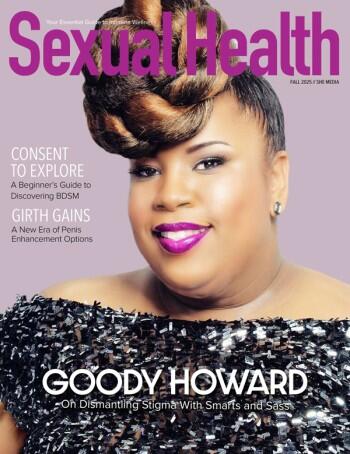"Influencer marketing" means exactly what it says: sourcing people to help promote your products, services or events. Influencers can boost your signal by attending brand events, uploading candid reviews of your products or simply giving you a shoutout on social media. There is no one particular type of persona that makes someone an influencer; as long as they have an audience that you want to reach — and that can mean 1,000 followers or 1 million followers — then they are an influencer.
The most effective influencers are those who share honest reviews and feedback, and seem most genuine. Campaigns that feel authentic, rather than sounding like an ad, come across to consumers as more believable, relatable and reliable. If a consumer believes someone is being paid to promote something, the ad may ring false for them. Some influencers, especially those with over 50,000 followers, are inundated with ads on their pages, so chances are they haven't even personally used a given product — especially if there are conflicting ads from competitors! For many, this is their full-time job, so if you connect with bigger influencers then you may have to expect this.
Influencers can boost your signal by attending brand events, uploading candid reviews of your products or simply giving you a shoutout on social media.
How can you choose the right influencers?
Five years ago, when I started working with influencers, many actually got paid in product. This was typically risk-free. However, the job of content creator has become more appealing and today more people seek to become influencers, so the demand has increased and, nine times out of 10, you will have to present a budget — especially if the influencer has over 5,000 followers. If you’re new to influencer marketing, choosing one may seem overwhelming, as there is an abundance of influencers for each sector now. So, how can you make sure you’re making the right choice?
Don’t go too broad or too niche.
If you’re trying to promote a sex toy, it makes sense to target sex educators and reviewers who only write about sex toys. Their audience is keen to try out different toys, and curious about what toys might be best for them. However, most of their audience may not want to invest in a new toy on a regular basis. Plus, those influencers are likely posting about different sex toy brands or products every day, so unless your product really stands out, it could get lost in that shuffle. On the other hand, if you find a quirky, sex-positive influencer who doesn’t just post about sex toys but also includes lifestyle, beauty, skin care and general advice or life updates, your product may stick out more and attract more consumers. It’s best to find influencers with a happy medium.
Don’t be shy.
If influencers like your brand and product, they will be keen to work with you too, so ask them or their agent for their audience statistics and their best posting times. Ask them for link clicks and engagement on stories and reels; this way you can make an educated guess as to whether the engagement you might receive will be worth your investment.
Niche influencers don’t want to promote products that their audience won’t like, so they will be keen to share those audience stats with you. Influencers can show you demographic factors like their audience’s age and location, which can help you determine whether this influencer is a right fit for you and your brand. The beauty of this is being able to really tailor a campaign. If you know that people aged 21-30 typically buy C-rings but people aged 40-50 buy external vibrators, you can ask the influencer to promote the product that their audience will be most receptive to.
Track all influencer activity
Once you’ve found your perfect influencer, make sure you keep track of when they are posting so that you can note their likes, comments, engagement and sales. You can track sales by giving them a unique discount code, or using affiliate platforms such as AWIN or ShareASale. You can also track their traffic by giving them a UTM-tracked link, which is free and super easy to create.
If influencers’ posts do well, use them again! Don’t be disappointed if your first influencer campaign doesn’t bring many sales; it’s still a risk for the consumer. However, if the same influencer has a long-term relationship with the brand, it will slowly bring trust, which will eventually lead to more sales. Who knows? They may even become your brand ambassador.
Do you need fancy tools to do this?
Not at all. There was once a time when fancy tracking tools didn’t even exist. Of course, you can do a bit of research into different platforms and find one that works best for you, but if you don’t want to spend money, you can do this manually. Using Excel or Google Sheets, you can track how the influencers did, ask them for their reach and engagement from the campaign, and jot it down to work out whether the spend turned out to be worth it.
To find influencers, start with the many lists online, such as “Top Sex Educators in the U.S.” You can also find influencers using hashtags, and of course, you can look at who your competitors are using and take inspiration from there.
Bryony Lees is the marketing and communications manager for Little Leaf Agency, a PR and communications agency dedicated to the sexual wellness space. Little Leaf Agency helps brands grow across all communication channels, including PR, social media content, influencers, partnerships, affiliate marketing and more.








